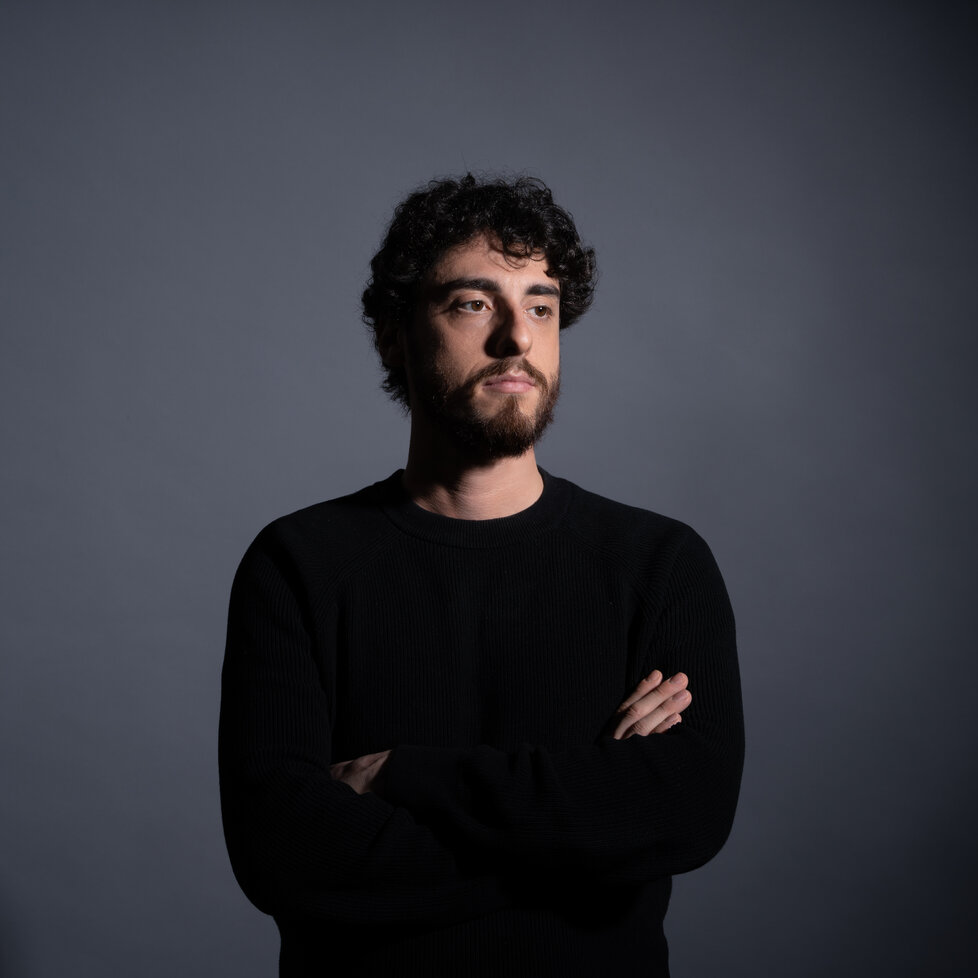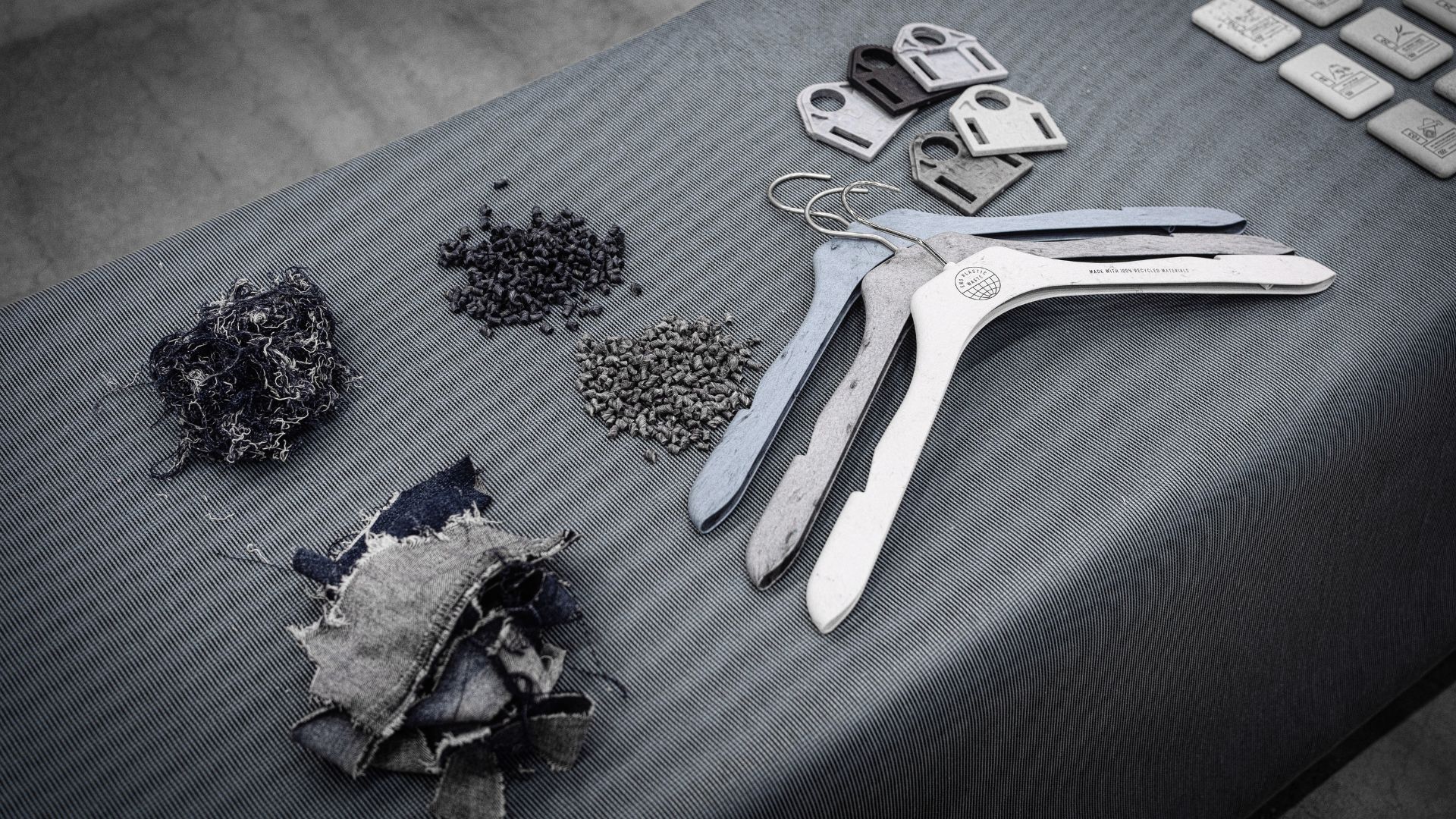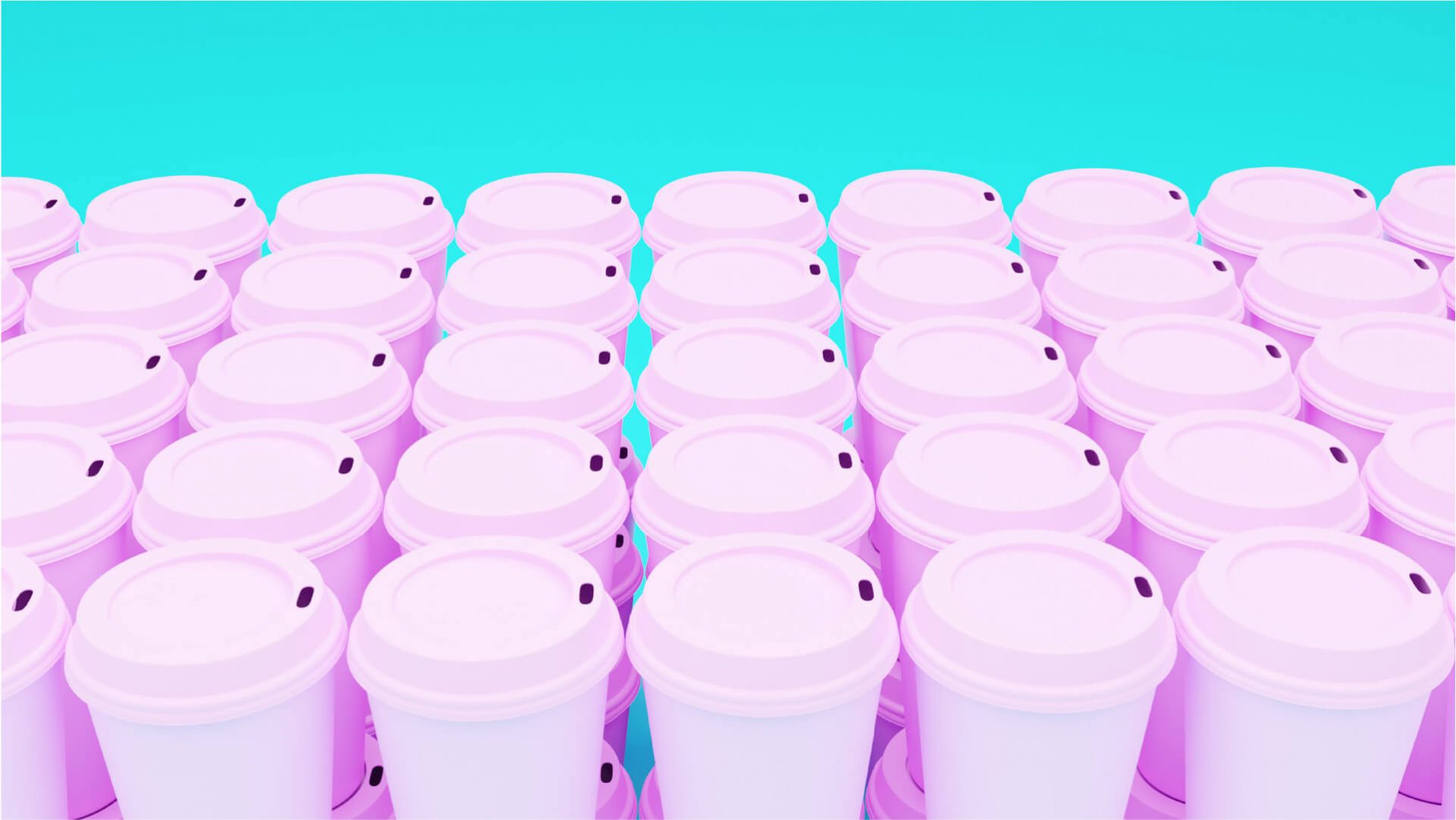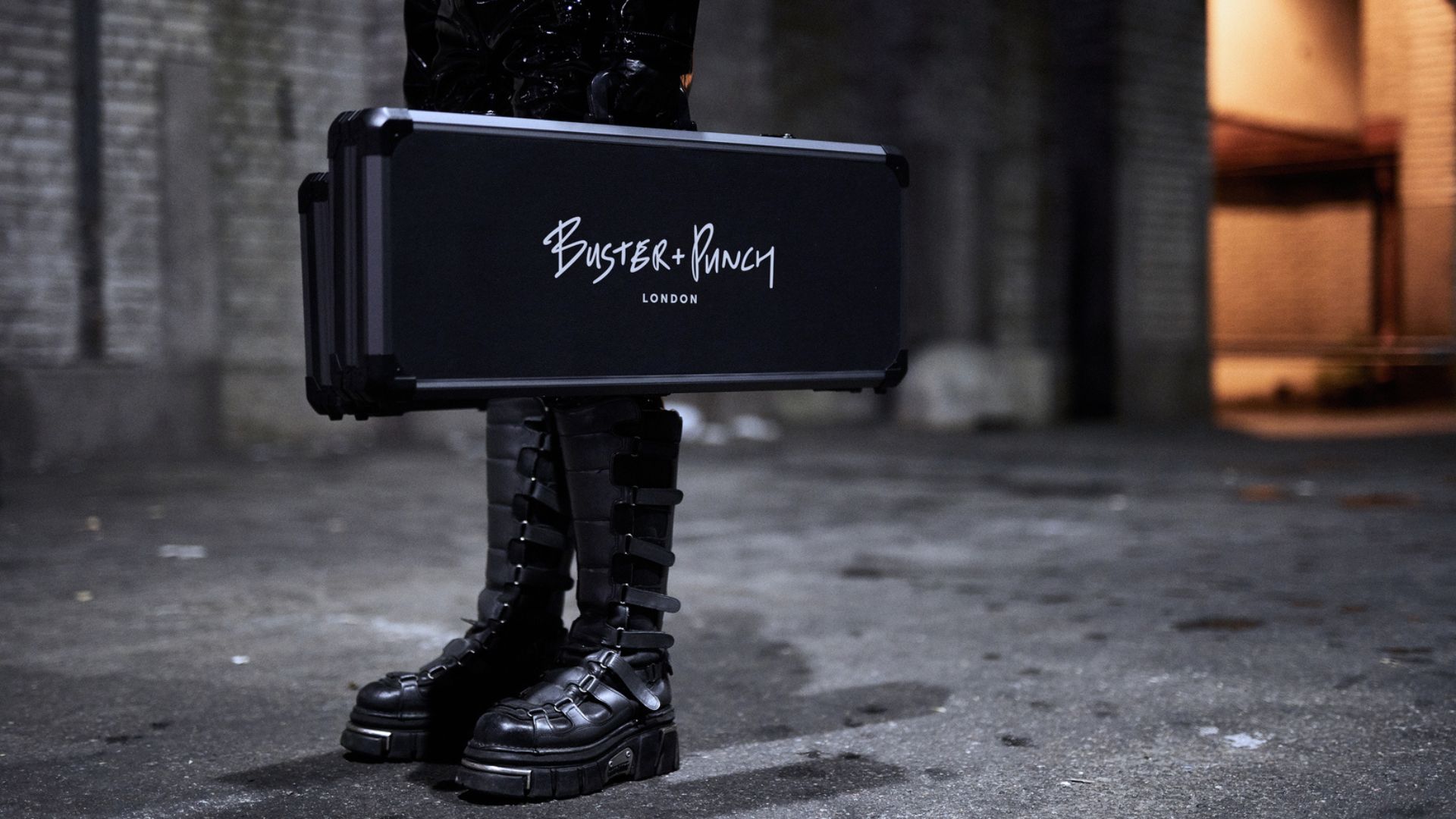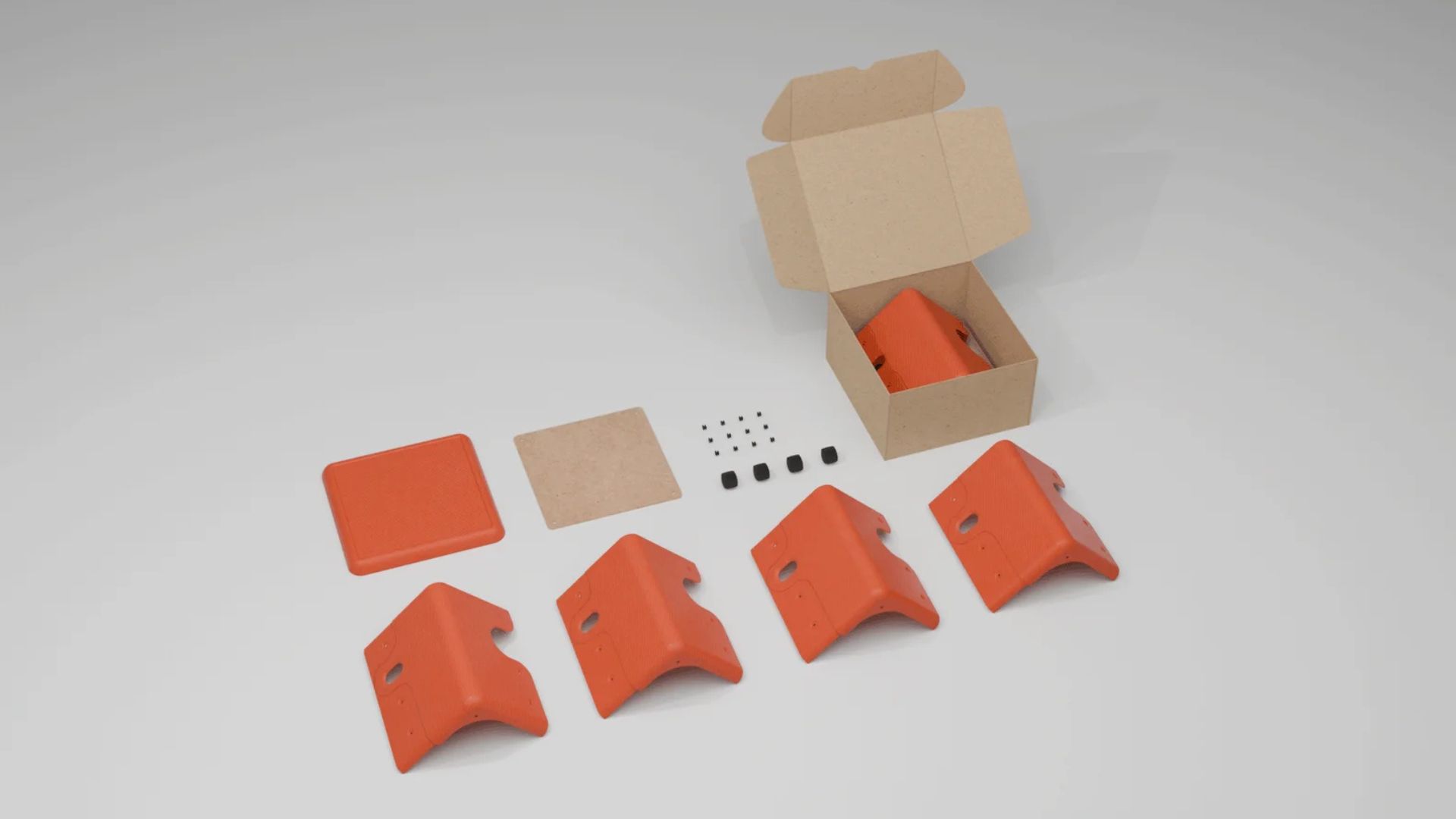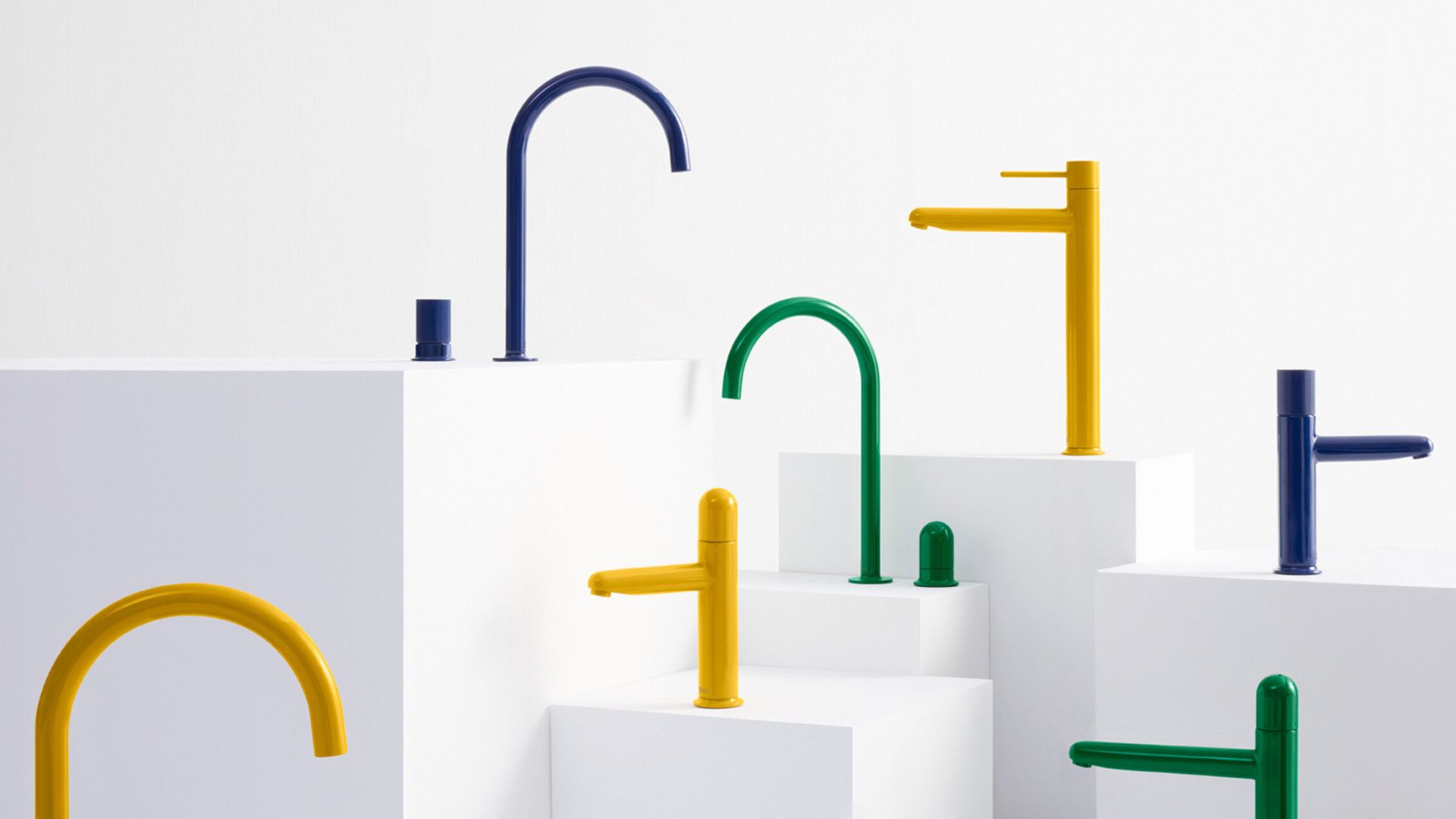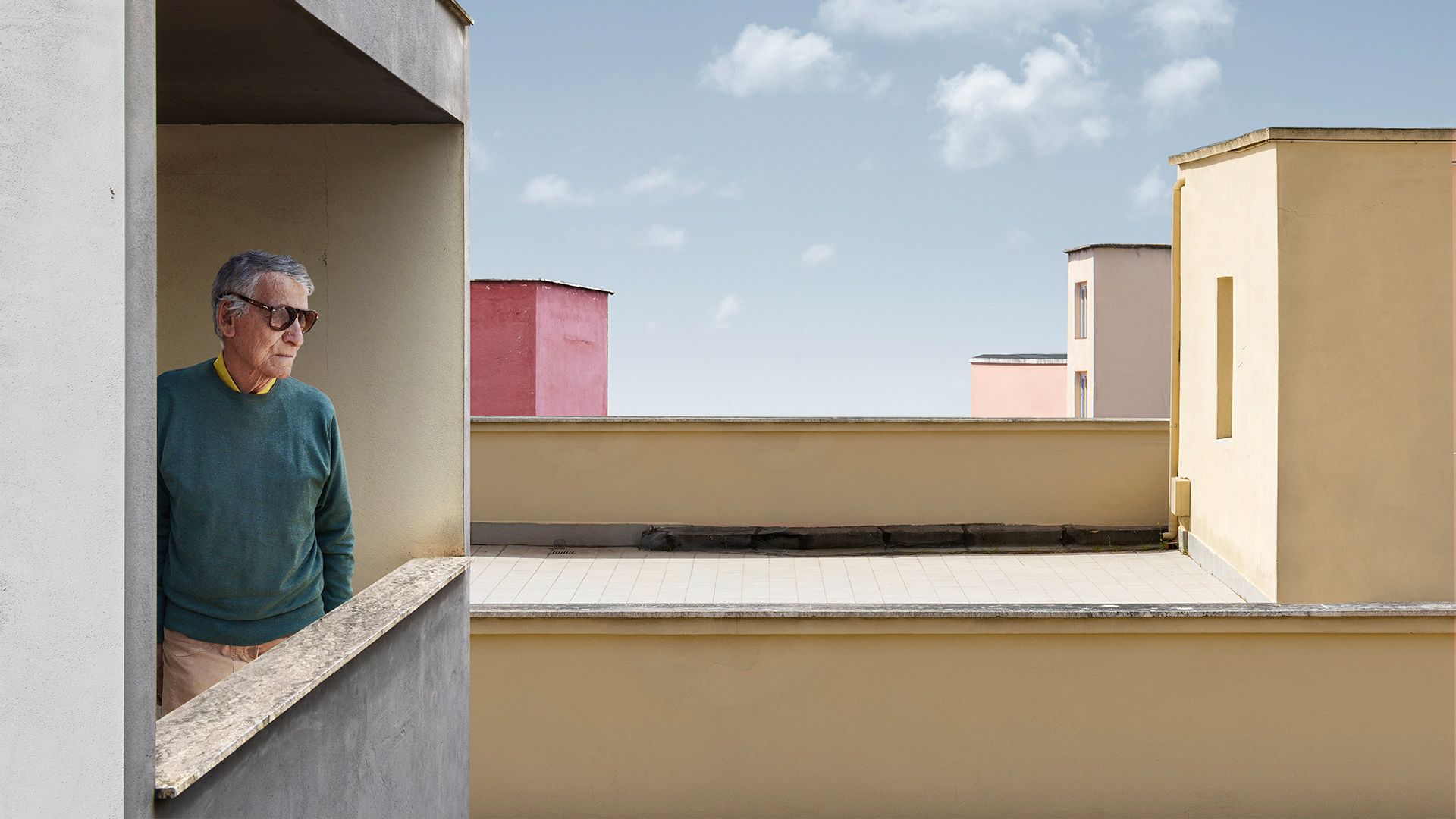BUDDE, design as a sort of poetry
Everyone talks about poetry in design, but they often use the word in an unwise way.
Poetry is about expressing deep meaning in a few words and design can do the same, with just a few lines. Let’s take a look at how design studio BUDDE gives great meaning to simple shapes.
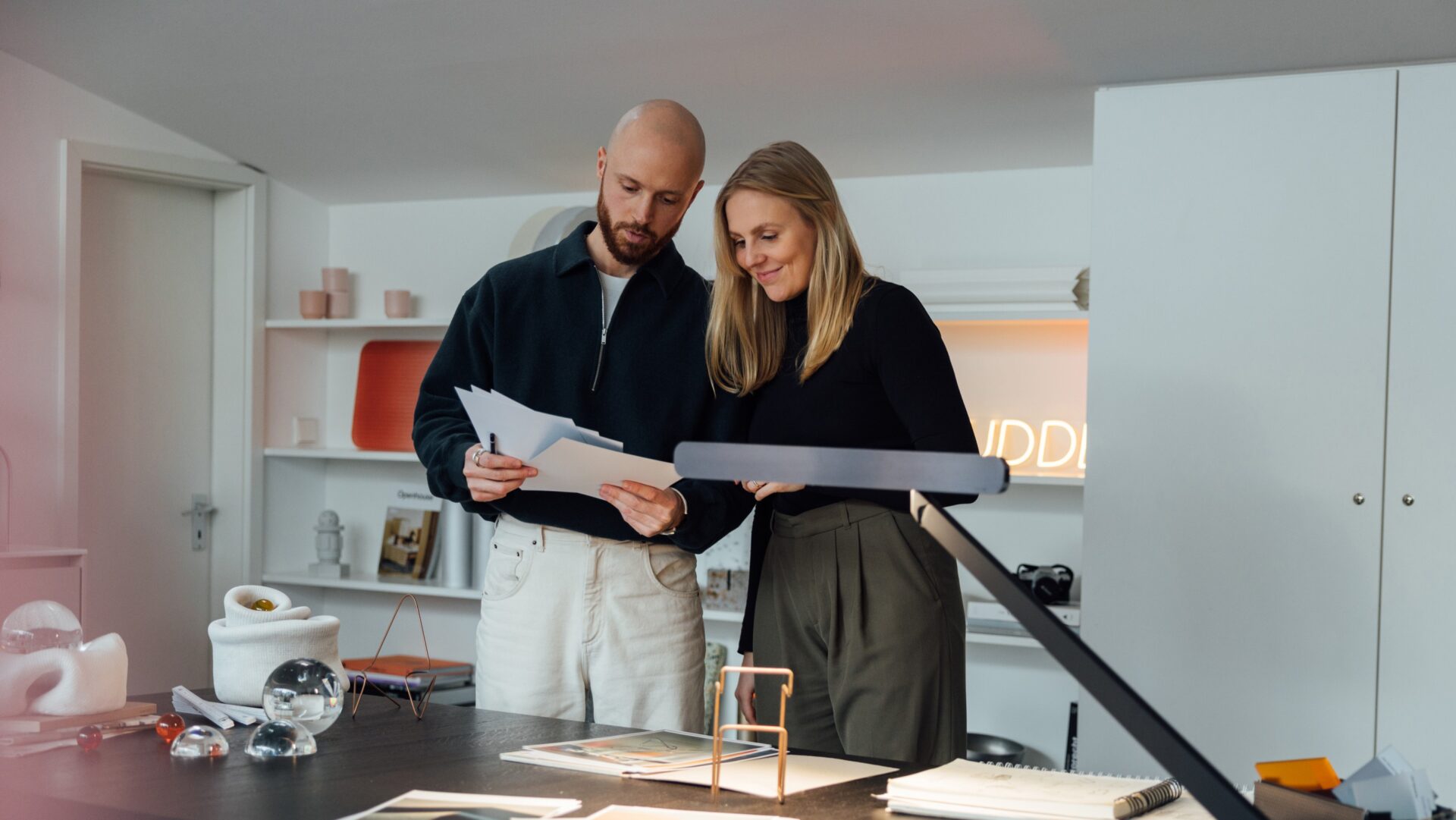
Just because many designers aim for minimalism – the essential – doesn’t mean everyone can reach it. It’s a work of art only when it has meaning and a clear purpose. When I first came across BUDDE, I had the feeling they were doing something right. And over time, they’ve confirmed to everyone that they’re one of the players and ready to leave an unremovable mark.
Let’s try to understand their work better, from a pure design perspective.
Who they are: BUDDE
But first, in case you don’t know them: BUDDE is a design studio named after its founder Johannes Budde, but it’s actually a duo with Meike Papenfuss. They’ve built a well-structured studio over the years, refining their roles: Johannes as the principal designer and Meike managing the brand and business operations.
Like all of us, they faced a few challenges during COVID. And instead of doing nothing, they followed a path we’ve seen from musicians, artists, and creators, but not often from designers: they started communicating outward, sharing their work on social media.
They showed the inside and outside of their work in the best way possible. The result? An Instagram feed full of design and inspiration – the kind that makes you want to stop scrolling, grab a pen, and start sketching.

I had already seen their projects here and there, but what really caught my eye was a TikTok post when they launched their ERA lamp for Italian brand mogg. The video was so satisfying, I ended up diving deeper into their work. That’s when I became a fan.
BUDDE Projects
ERA lamp: poetic balance in a timeless object
Designed for mogg, ERA is a large table lamp where a big metal disk magically touches a glass sphere, both balanced on a metal cylinder. The light passes through the glass sphere, creating a warm atmosphere, and you can move the round shade in 360 degrees to cast the direction of the light – changing between direct and indirect lighting.

It’s a beautiful piece of design. And the sensation of “something special” is tangible. When you see an object that’s easy to understand but full of emotional tension, the combo is complete and you know you’re looking at a piece that will last.
The simplicity of the lines feels like a guarantee of timelessness. And the way it moves brings that little moment of wonder, like the first time you saw Magistretti’s Eclisse lamp in motion.
How is it possible to create something like this just from a brief? Well, it wasn’t. The truth is, BUDDE developed this product independently, and only later did they find the manufacturer. They’re still relatively new on the scene (the studio started in 2020), so their first move was to produce self-initiated projects that showed what they could do. It was a way to present their capabilities, yes, but also to shape their own design identity.
They proudly share a reel showing the prototype on the left and the final lamp by mogg on the right. It’s a great example of how things evolve when a designer works with a brand. I imagine that, since mogg specializes more in furniture than lighting, having a product with strong visual presence helped them bring it into their context – making it feel like part of a space, rather than just a technical lamp. There may be some technical reasons behind the changes too, but to me, it seems more about allowing the lamp to take up room, to be part of the atmosphere.

James valet stand: when function and form speak the same language
Another self-initiated design that was taken on by a manufacturer later, was James. It is a valet stand, designed for German brand Metallbude, is a great example of minimalism that doesn’t just aim for poetic form, but orchestrates the entire process.

What I see here is function, production, and aesthetic dancing together. The result is a product with character – not just in spite of its function, but because of it. And the beauty isn’t just in the object itself, but also in how the studio describes it. They refer to it as “reminiscent of a chair” and, suddenly, it clicks. You see the story. They took the typical image of a chair, something we all use to hold the day’s worn clothes, and reinterpreted it using just a metal tube. That’s it. Very nice. Very design-thought.
BUDDE continues the collaboration with Metallbude and now responds to design briefings; merging their own design language and the brand’s signature style. Soon, they will introduce a new hallway product together.

DUNE: a sculptural chaise that speaks BUDDE’s language
Now that BUDDE is working with companies based on product briefs, do they stop experimenting? Not at all. They’ve found a smart way to continue pushing research and giving form to their own design language: by creating collectible design, sold by design galleries.

You might have seen DUNE during Milan Design Week 2025, at the Galleria Rossana Orlandi. It’s a piece that speaks the BUDDE language fluently. You can see how their method – their way of doing things – is becoming more and more defined. Dune is a rug, but also a chaise lounge: a metal sheet bends gently over a soft base to become a place to rest.
It’s this duality that speaks. You see clearly where the inspiration came from, and the meaning they wanted to preserve. If it were just a chair, it wouldn’t have been as effective. But placed like this, lying across the rug, the design becomes a narrative. It tells a story of transformation.

This is the kind of product that doesn’t aim for mass production. It’s perfect for galleries – where the goal is not pure utility, but exploration. And that gives space to take risks. A piece like this might not make it in the mainstream market, but it can still find its place in the design world. And maybe it needs to, because design needs research and storytelling too.
Inspiration > Story > Sign
It’s a pattern we find in all their work. One where everything unnecessary is stripped away – not in the name of minimalism, but to reveal what really matters.It’s about telling a story through the making of an object. Not with words, not with explanation, but with form, letting the object speak through the only tool it has: its appearance.



